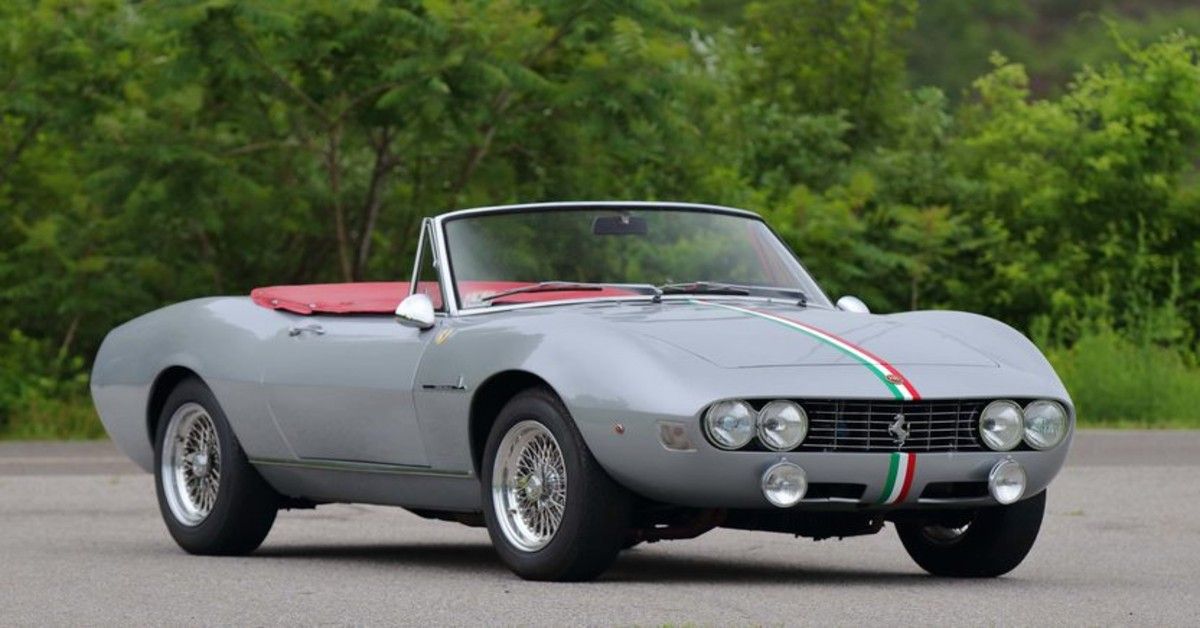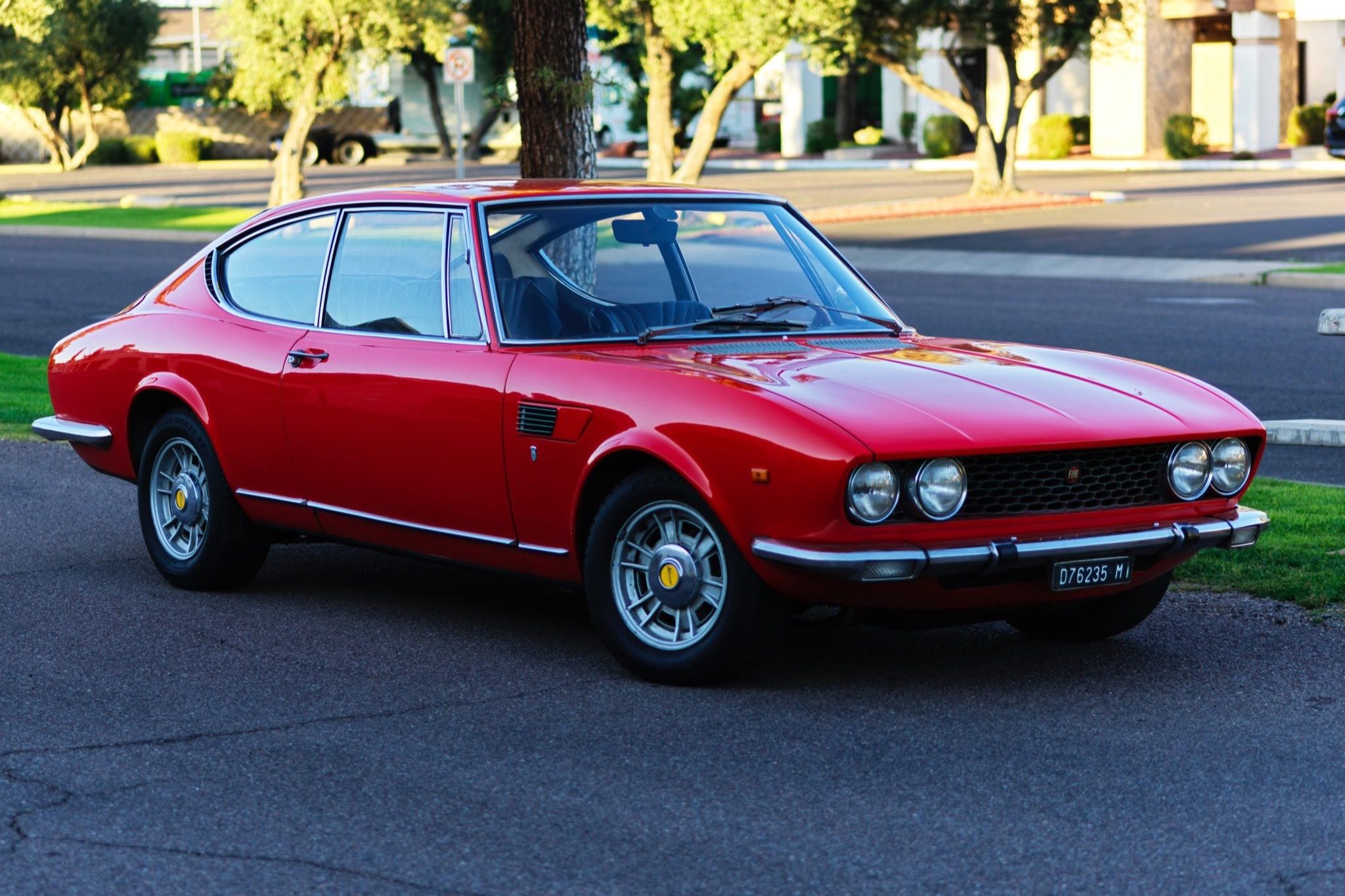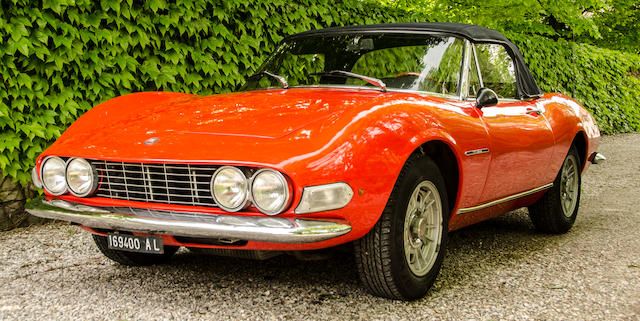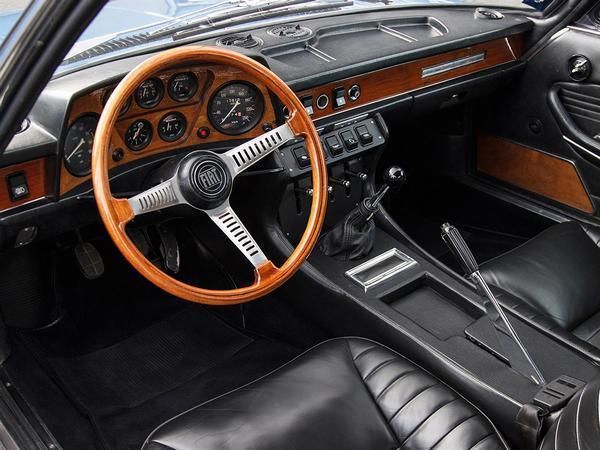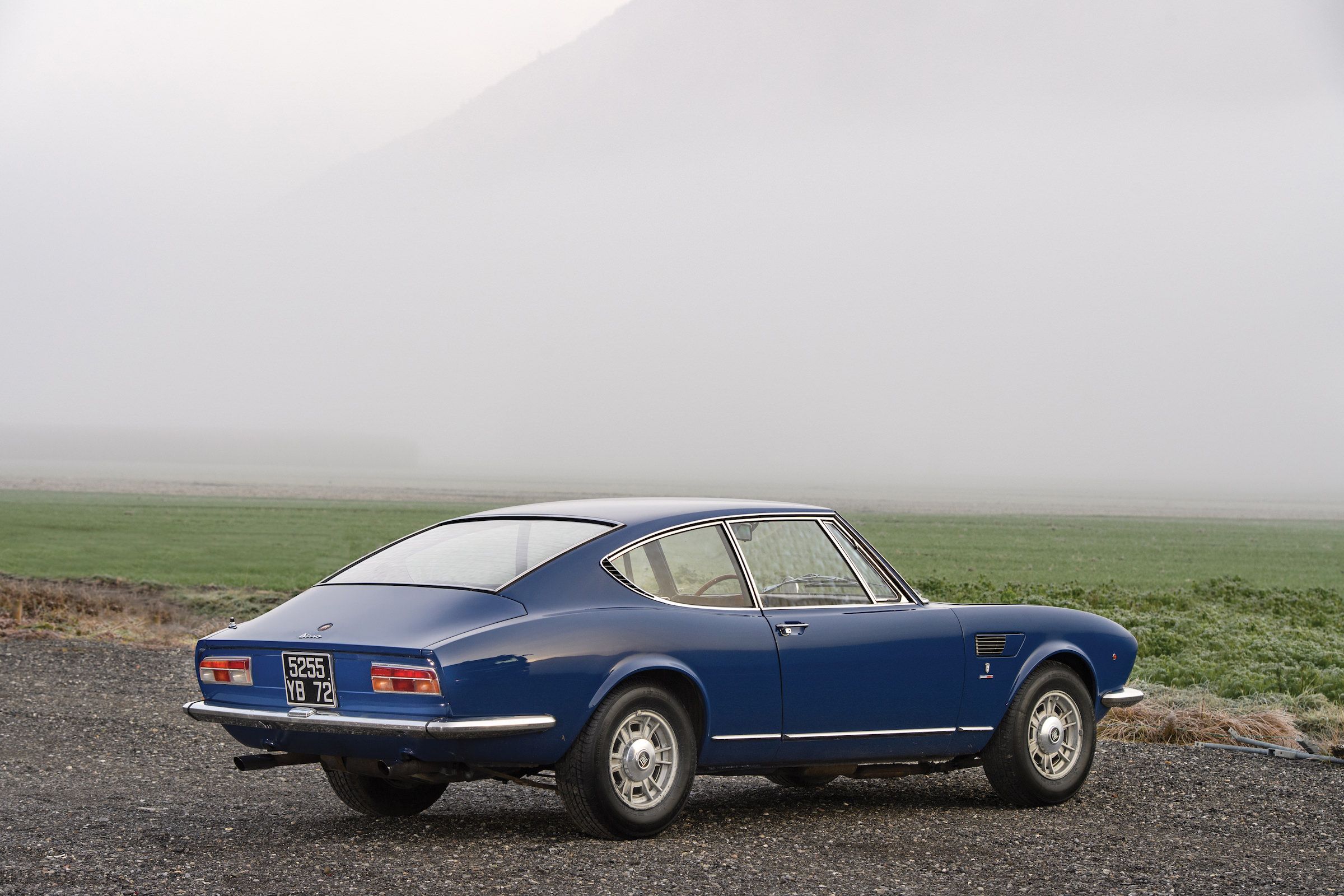Small but mighty: this is the anthem for Fiat cars. The Italian glamour of these cars wins us over, and it's no question that this manufacturer is responsible for creating praise-worthy features. For further proof of Fiat's endearing legacy, you can look no further than the Dino. Released in 1966, car enthusiasts got a temporary glimpse into that la dolce vita before production ceased in 1973.
The Fiat Dino is especially a striking car because of its link to Ferrari. The car also had extensive alterations each year.
We're examining how Fiat partnered with Ferrari and why the Dino's features are worth mentioning.
RELATED: 10 Most Surprising Examples Of Cars Built On The Same Platform
Creating the Fiat Dino
In the 1960s, Fiat had the goal of creating a car that would increase sales and hoped to debut a grand tourer. Ferrari faced a dilemma, as the Commission Sportive Internationale de la FIA revised guidelines and stressed that companies using Formula 2 engines must have created 500 engines within the past year. Ferrari failed to meet this objective, so Ferrari and Fiat decided to work together: Fiat would construct the engine. The name Dino commemorated Enzo Ferrari's late son.
Engineer Vittorio Jano was responsible for leading the talks that went over how to create this remarkable engine. Designer Sergio Pininfarina proposed his idea of creating this sports car to Enzo and even sketched a potential design. This engine was installed into the Fiat Dino coupe and Fiat Dino Spider. The Spider premiered in Turin in 1966, and production accelerated in October of that year. In the final years of production, a Fiat Dino 2400 coupe and a Fiat Dino 2400 Spider were released.
The starting price for the Dino was $5,400, and 7,803 cars were manufactured. The majority of the cars manufactured were coupes. Manufacturers of this car worked in the Italian city of Rivalta di Torino at the beginning. In 1969, manufacturers created the Fiat Dino in Maranello, the town home to the Ferrari facilities. According to Automobile Mag, advertisements called the car, "small, quick, safe...almost a Ferrari."
The Exterior
The elegant coupe had a lengthy front, prominent back arch, and circular headlights. On the other hand, the Spider had a sportier look and a more well-proportioned front. Both of these mid-engine cars had the classic 1970s car look and have transformed into cherished collectibles. A tag saying the word Ferrari appeared in the door jam.
The Interior
Fiat was able to sell more coupe units than the Spider, and this success was attributed to the coupe's interior. The coupe model, designed by Giorgetto Giugiaro, had a more appealing interior appearance than the Spider, as the seats were more comfortable and were considered more modern for its time. The Spider originally had a vinyl dashboard and the steering wheel had a plastic border. This version was later revamped, as there was now a wooden dashboard that resembled the one inside the coupe.
Leather cushioning was an additional package. Automobile Mag wrote that, "Seating was strictly for two people and small trunks up front and behind the engine allowed a weekend's worth of luggage."
Engine & Performance
Both the coupe and the Spider had rear-wheel drive. Up until 1969,the Dino had a 2.0-liter V6 engine. In 1970, Fiat installed a more impressive and robust 2.4-liter V6 engine. This meant that models can now generate 180 horsepower at 6,600 rpm.
In the first model year, the Fiat Dino further had leaf springs and four shock absorbers. Nothing was completely perfect, as the coupe's oil pressure problems diminished its reliability score before Fiat fixed this in 1969. It was speculated that these poor qualities were the result of a fast assembly in an attempt to create as many engines as possible. Later versions were supplied with independent rear suspension. This feature was instrumental in ensuring a smooth ride when the Dino drove over bumpy roads. Models also had basic live axle rear suspension, a crucial quality that was a contributing factor as to why the Fiat Dino had an affordable price.
Four-wheel disc brakes and a five-speed synchromesh gearbox were other notable qualities in the car. The gearbox helped to provide a straightforward and trouble-free experience when it came to shifting gears, and it was a crucial component in this sports car because it had a fast reaction.
It was clear that the Dino was unstoppable. The car could go 130 miles per hour, and it took eight seconds to accelerate from zero to 60 miles.
Overall, the Fiat Dino solidified its status as a golden car because it was produced in limited quantities. While there were minor hiccups with the car's performance, the Dino improved each year and left an impact on the Italian automotive world. The Dino rightfully joins the line-up of noteworthy Fiat models. Current Ferrari fans claim that the Fiat Dino is a product of Ferrari and should be placed under the Ferrari umbrella. We can't imagine the true worth of such a car in 2020!
In the meantime, Fiat lovers can look forward to a future electric car and can marvel over the 124 Abarth.

